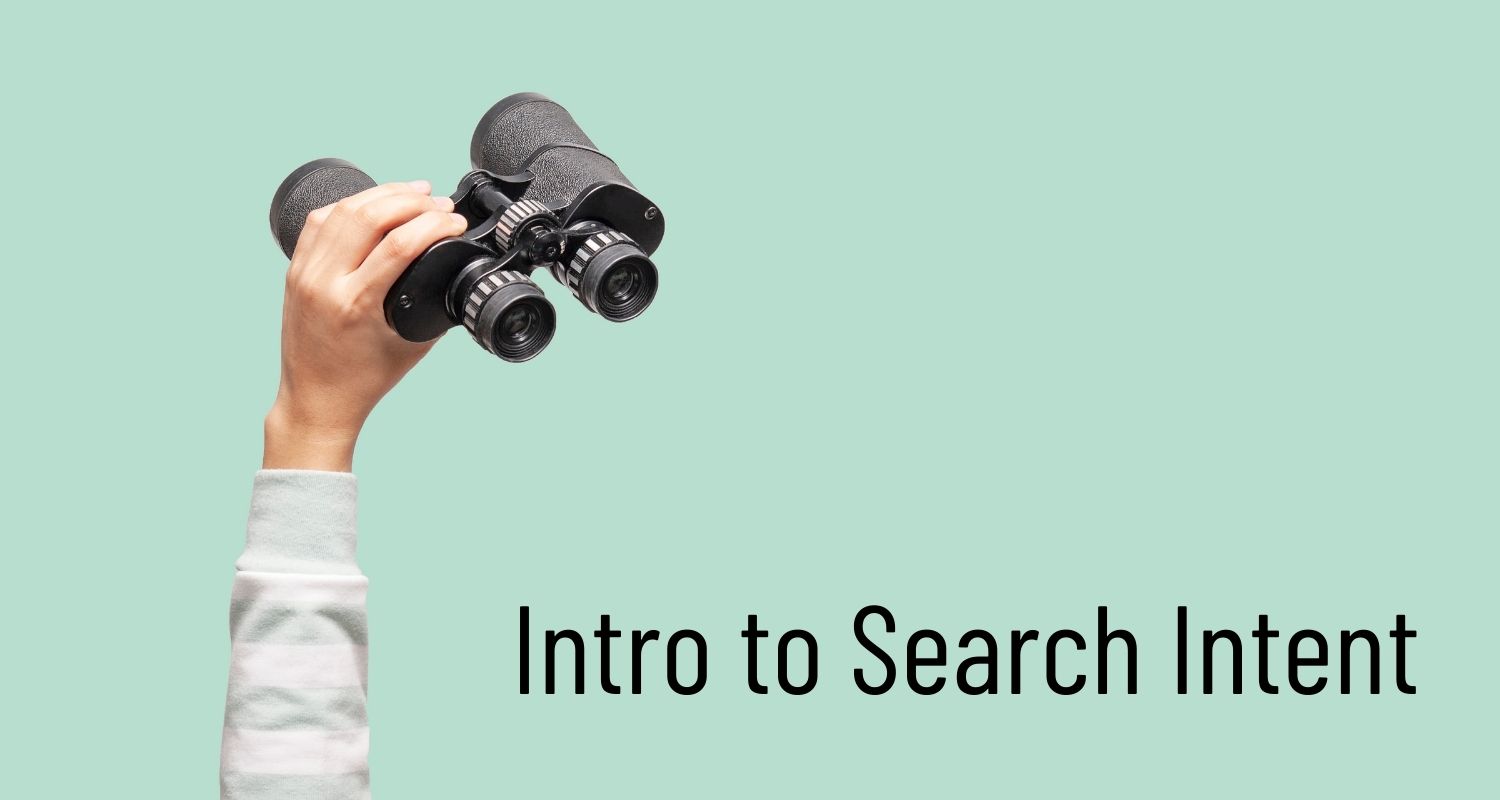SEO has been around for a long time, but keeping up with search engine upgrades is increasingly challenging. With more dental practices upping their digital marketing game, it’s becoming more challenging to stand out as a dental practitioner. Therefore businesses are using content marketing and SEO to reach out to more potential patients.
Online marketers who want to gain more visits from search results and capture the proper, not necessarily larger, audience with a specified goal have turned their attention to search intent. This means giving your target audience the information they require when they need it. Users will stay on your site longer if you employ search intent properly, and you will be able to convert more of them into loyal patients.
What is search intent?
At its most basic level, search intent aims to meet users’ needs on search engines. You’re attempting to present users with the most relevant content depending on their search terms. For example, when a user is looking for braces, they might search for “braces near me” or “fitting braces Berkeley” These searches are transactional because the goal is to purchase a product.
Users expect concise, relevant results that directly answer the questions they’re typing into the most popular search engines now more than ever. For example, Google, one of the most prominent search engines in the United States, is continually improving search results to ensure that they are the most relevant to its consumers. That means you’ll need to optimize your site’s landing pages and content pages to meet the intent of each web user’s search query.
The four kinds of search intent
We may divide search queries into four categories based on their search intent:
Navigational search intent
Users sometimes want to go somewhere. Both on the internet and in person. A user may not have a URL saved and searches for Twitter or the SEO PowerSuite blog. Or they’re seeking a physical location’s address and Google McDonald’s Seattle
Informational intent
The user’s goal could be to obtain information or learn something, such as how to floss, whiten teeth, and so on. When a search user wants to learn something without making a purchase, this is what they’re looking for.
Commercial search intent
When a consumer isn’t ready to buy but wants to learn more about specific services or products, this is known as commercial search. For example, the best dentist in Indianapolis, what is involved in a dental crown, etc.
Transactional search intent
When a user is ready to make a purchase, this is the time to act. So searches with the phrases ‘buy’, ‘price,’ and local searches such as dental crown Seattle are common. People are seeking a product page that has a simple layout, pricing, and a purchase button.
The role of search intent in your dental marketing efforts
Quality content combined with the proper use of keywords with the right intent is the key to good content marketing. The easier it is to convert traffic into paying clients, the better optimized and focused your traffic is. You should bear in mind that your web copy and site material must be optimized and updated regularly because users expect the best and most relevant results at all times.
When you meet the search intent of search engine users, you can better meet their demands. You assist them in obtaining the information they require. You will get more visitors to your page if you meet the needs of your audience. You’ll get more qualified leads, which will boost your SEO ranking and bring more patients through the door.
And search intern is even more critical for paid (PPC) campaigns. Even the most well-funded PPC campaign will almost definitely fail without a thorough grasp of the motivation behind visitors’ search queries. Dental practices can use search intent to improve traffic to their websites and attract more qualified prospects, resulting in more sales and leads.
Contact us today if you’re ready to start getting more qualified leads from your SEO or PPC strategy.

